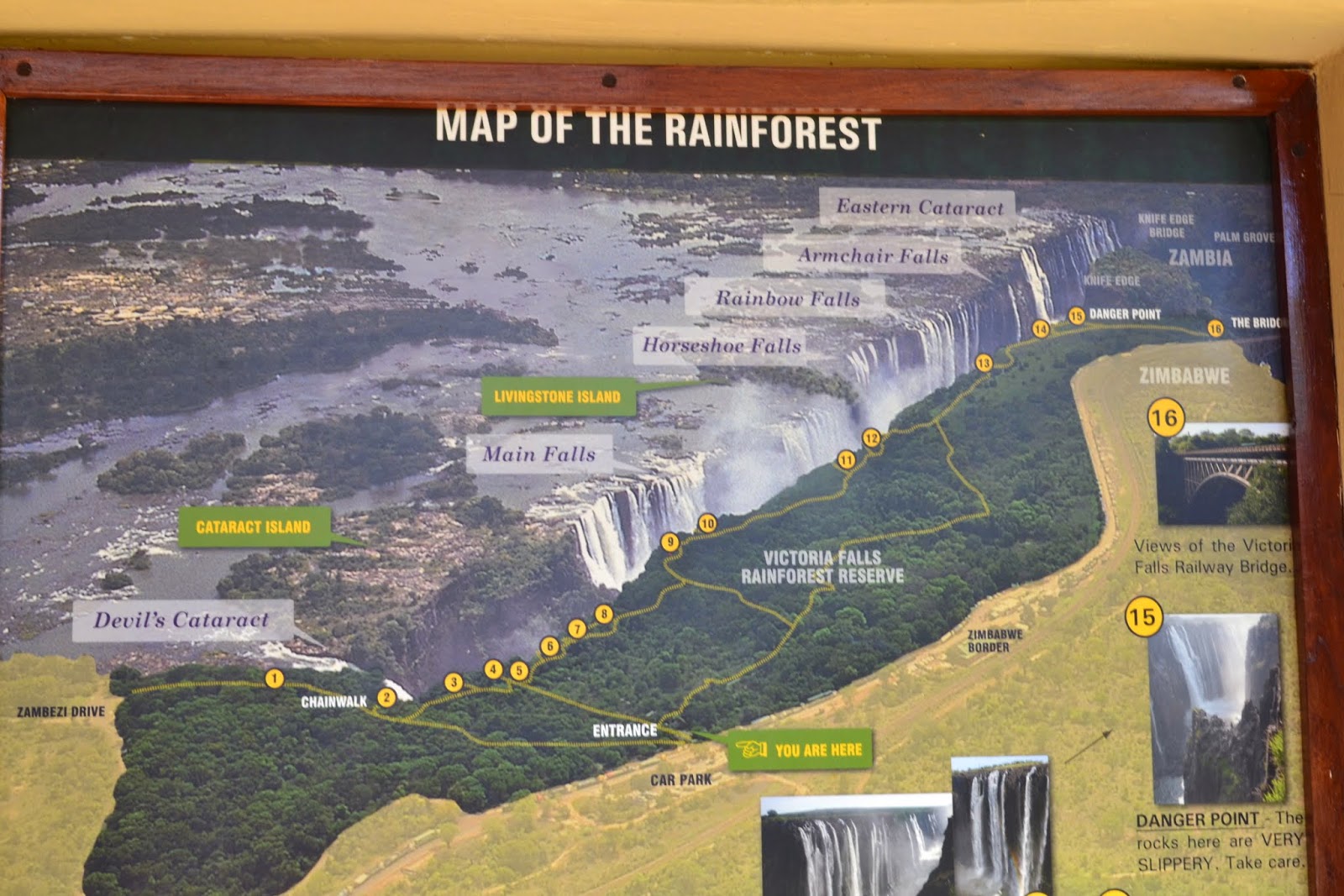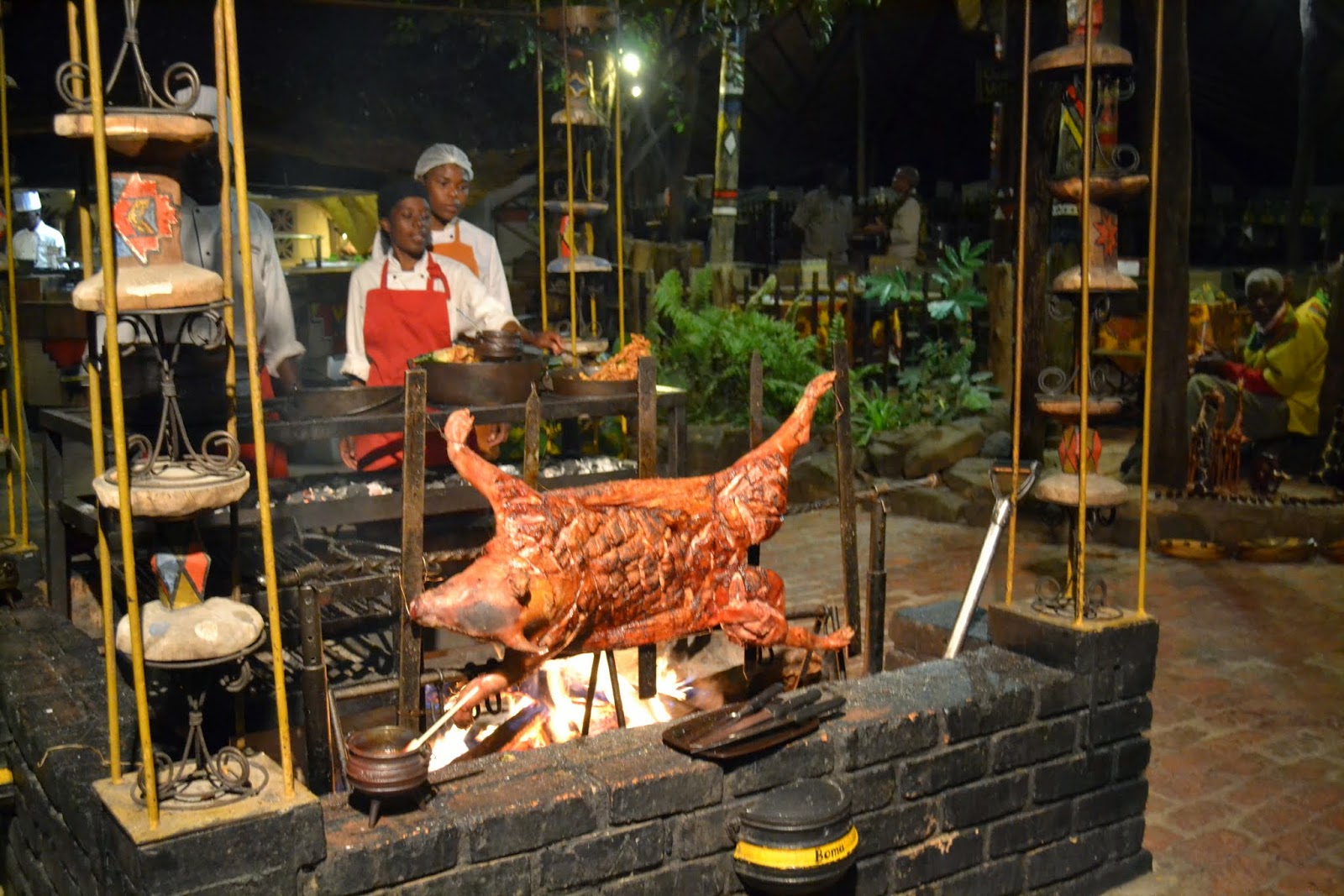Ever since I joined the
NDA a bowl of soup has been on my menu. Later on in the navy, soup was a
regular item on the dinner carte du jour. Many glorious evenings were spent
sipping ‘Mulligatawny Soup’ –
an Anglo Indian invention- it is a combination of the Tamil words molaga
(pepper) thanni (water).Cream of Almond soup was for important functions –
heavy but a very delectable soup. Mixed vegetable soup (grated leftover
vegetables cooked in water) was a regular feature along with its miserable
partner ’Cabbage Foogath’ during the lean seventies. Chicken soup was for
parties and there were many others.
Soup has been around all
through the ages. In times when food was scarce, dumping various ingredients
(often left overs or just the bones stripped of all its meat) into a pot to
boil was not only cheap, it was filling. Its simple constitution made it
accessible to rich and poor alike, and plain ingredients made it easy to digest
for both the healthy and the sick. Military hospitals are very adept in dishing
out soups to nourish a sick soul. Naval duty free canteens had ‘Maggie’ soup
powders long before it hit the Indian market. Our children grew up having
Maggie chicken and tomato soups.
Ordering Sweet Corn
Chicken soup in a Chinese restaurant was mandatory. I loved this soup and never
let go of an opportunity to slurp it up. On the other hand my very dear friend
KM Nair would always say, ‘No soup for me, thanks!’ and then end up quietly
instructing the waiter to get an empty bowl – to devour half my soup –to my
utter annoyance! Prem, my brother Sudhir and I went to attend Nair’s wedding in
Thiruvananthapuram and on our way back we ordered SCC soup in Alleppey. The
three ingredients namely – corn, chicken and sweet arrived separately and to
add further misery the soup was luke warm. Tomato soup has been mercilessly
butchered over a period of time in all Indian B grade restaurants, ‘Sagars’ and
‘Darshinis’.
In Russia they served us
hot and steaming ‘Borshch’ made out of tomato, beetroot, cabbage etc. Soup probably
has something do with cold weather. Rasam is an excellent soup to have when one
is sea sick. All Indian naval ships serve rasam liberally at sea.
Over the years the art of
souping has waned in the navy, in our homes and in restaurants. Along the way,
soup somehow got attached to sitting in dinners, formal state dinners, cold
weather and so on. People hardly drink soup any longer.
Of late, along with salad
‘Soup’ has become an integral part of our dinner at home. Salad, soup and toast
are all a part of our ‘bill of fare’ on most nights. Soups are very nutritious,
low on fat and calories and extremely filling.
In the French tradition,
soups are classified into two broad groups: clear soups- ‘bouillon’ and thick
soups –‘consommé’. The choice is entirely yours. I normally make soups with
ingredients which are easily available in the market. My regulars are tomato,
sweet corn with coriander, mushroom, celery, spring onion, mixed vegetable and
on rare occasions cream of almond soup. Keep the preparation simple and easy to
make.
One can improve the taste
of the soup by using a stock. Chicken stock is generally used in all soups in
lieu of water. Maggie chicken soup stock cubes can also be used in lieu.
Vegetarian stock can be made by boiling celery, leek/onion and cucumber.
Try and avoid flour,
instead use boiled potato, pumpkin or cauliflower mash to provide the required
foundation. Ensure there are no lumps or residue in the soup. Use judicious
amount of coriander, parsley, spring onion, dill, mint etc to garnish. Cheese
and cream go very well as topping prior to serving. Use only butter or olive
oil for cooking or sautéing. Hot soups should be served hot and cold soup -
cold – no shortcuts are allowed. At the end you should be able to retain the
taste of the vegetable intact. It is wise to use slightly less salt and pepper.
Freshly ground pepper is a taste multiplier. One may add a little more from the
table to suit one’s individual preferences. Sauces in a very small measure add
zing to the soup. Try Chili, Tabasco, Worchester and soya sauce. You can also
try using herbs, but with utmost care, as they tend to take away the original
flavour and overpower the soup with their own.
I heard this story in the early seventies from a test cricketer friend. “Once the Indian cricket team was having dinner and one of the players was very audibly slurping his soup, ‘fruk, fruk!’ Very annoyed at the new comer and his bad table manners, the famous Farook Engineer is reported to have said, politely but sarcastically, “Yes, excuse me? Did you call out my name?”
I heard this story in the early seventies from a test cricketer friend. “Once the Indian cricket team was having dinner and one of the players was very audibly slurping his soup, ‘fruk, fruk!’ Very annoyed at the new comer and his bad table manners, the famous Farook Engineer is reported to have said, politely but sarcastically, “Yes, excuse me? Did you call out my name?”
I strongly recommend you
start souping from today. To help you in joining the ‘Soup for your Soul’ club, I have given you a few recipes which are
basic and simple. The rest is left to your
imagination, daring and keenness on experimentation.
Visit my other blog http://recipebaba.wordpress.com/ to read recipes for Sweet corn with Coriander
Soup, Mushroom Soup, Celery Soup, Tomato (egg drop) soup and Mixed Vegetable
Soup.
Similarly, you can make onion or spring onion soup. The veggies are cut fine and sautéed in butter. Add either maida or potato for foundation and the rest is simple - do not grind. Spinach needs to be cooked, ground into a paste and strained. Add two or three cooked garlic pods while grinding.
Similarly, you can make onion or spring onion soup. The veggies are cut fine and sautéed in butter. Add either maida or potato for foundation and the rest is simple - do not grind. Spinach needs to be cooked, ground into a paste and strained. Add two or three cooked garlic pods while grinding.
Happy souping!!!



















































































